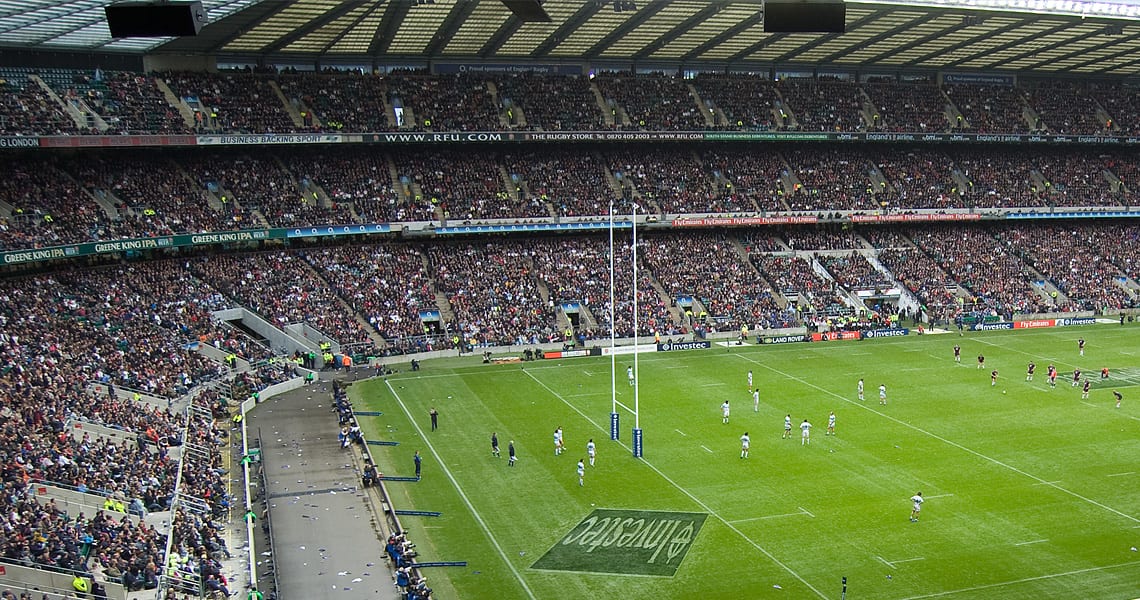Tratos will facilitate power for the Rugby World Cup at Twickenham, applying its subsea cabling technology to combat the challenges of the stadium’s high water table.
The company, which manufactures in the UK and Italy, and has offices around the world, was approached earlier this year by project consultants ME Ltd, because of the particularly difficult nature of the environment. Cable would have to maintain its integrity despite constant immersion, and time would be critical. The Rugby World Cup started this month (September) and the stadium couldn’t afford the risk of power outage. That left an eight-week turnaround for Tratos.
The existing 11kV feeder cables with LSZH sheathing installed in the cable service ducts were deemed to be at risk of failure due to; a) potential electrical and mechanical breakdown of the cable due to the deterioration of the insulation and LSZH (Low Smoke Zero Halogen) sheath of the cable – b) electrical and mechanical breakdown of the cable as a result of being installed and permanently operating in the stadium cable ducting which is affected by the high local water table and ground conditions.
Restricted access due to the Stadium’s RFU programme and events were also a factor.
The solution lay in the design and supply of the replacement 11kV feeder cables A+B to ensure the continuation of the incoming medium voltage supply and, then, the distribution of this power to the various services within the stadium.
Tratos’ approach used 185mm x 3 core MDPE black sheathed cable with graphite coating 6.35/11 kV to BS 6622.
The company manufactured and supplied around 3 km of cable on that critical eight week manufacturing lead time (around half that offered by competitors) from receipt of order and delivered it on a dedicated Tratos truck complete with crane.
The Tratos cable is designed for installation and continuous operation in waterlogged underground ducts for a design life of 20+ years.
Tratos CEO Dr Maurizio Bragagni, said: “We knew we had cables that would not just withstand the environment at Twickenham, but had the capability to cope with much harsher conditions. So it was just a question of coming up with the right design solution that would work with timing and access constraints. We believe this is a great result for all those involved in the project.”










